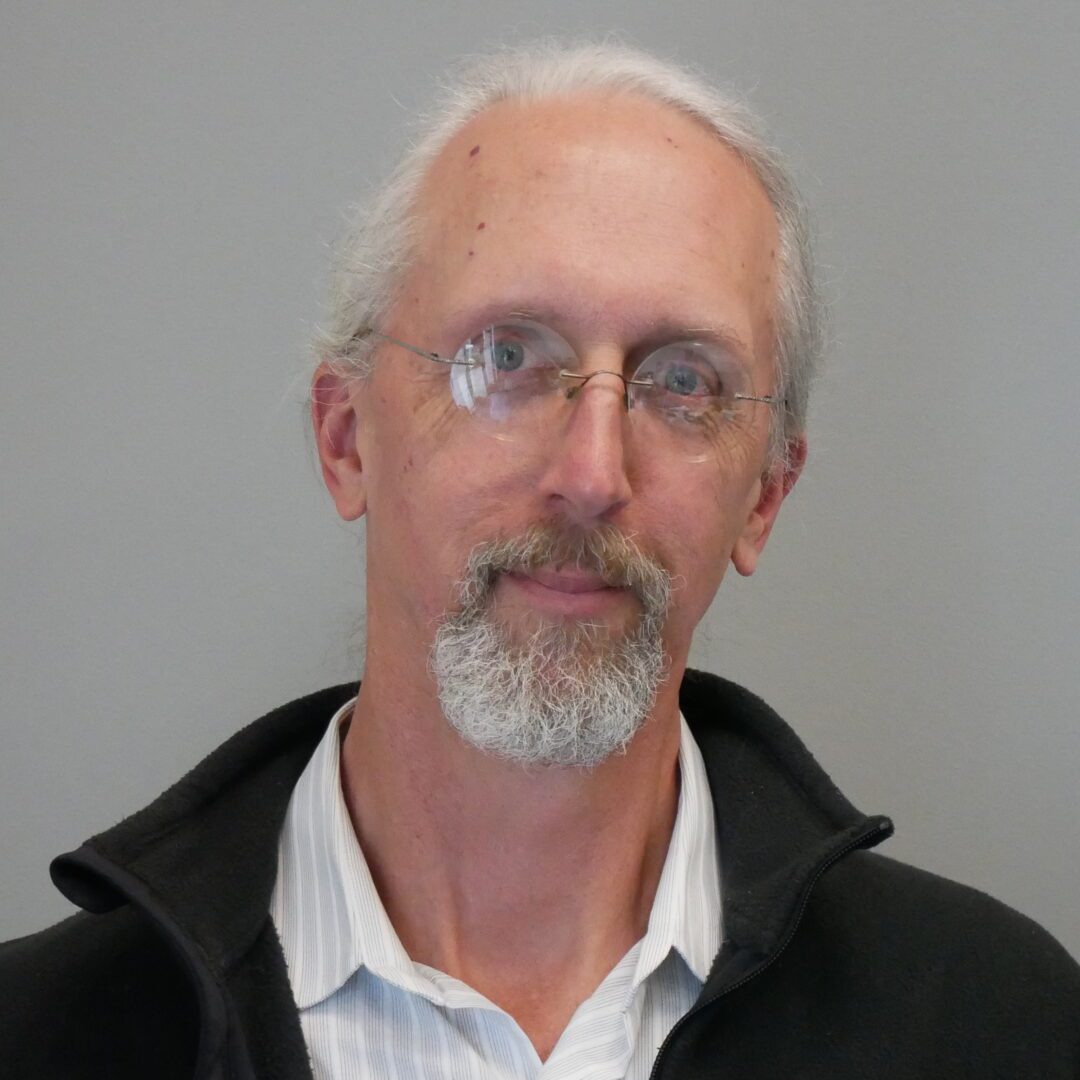
Clean Coalition joins working group focused on New York interconnection reform
The cost certainty methodologies the Clean Coalition advocates for in California will translate well to the New York market.
For over six years, the Clean Coalition has advocated for – and succeeded in achieving – interconnection reform to make it easier and cheaper for renewable energy facilities to gain access to the electric grid. The Clean Coalition’s efforts have focused on proceedings in California that have served as a foundation for updated Federal Energy Regulatory Commission standards and model interconnection practices elsewhere. In alignment with New York’s broader Reforming the Energy Vision (REV) initiative, and in response to advocacy from stakeholders, the NY Department of Public Service created interconnection reform technical and policy working groups with our participation. These working groups aim to replicate successful practices and lessons learned from California, Massachusetts, and elsewhere.
In California, the Clean Coalition hashelped bring improvements to Electric Rule 21– the law regulating interconnection, operation, and metering requirements for distributed generation in the state – including publishing interconnection maps, developing pre-application reports on grid constraints, and advancing methods to streamline the application and review process. The California Public Utilities Commission released anew ruling this summerthat improved cost certainty for clean energy interconnection processes, provided contractual interconnection cost certainty, and required the utilities to publish a Unit Cost Guide and standards for the treatment of storage facilities.
In New York, the Clean Coalition policy team has worked to better define the methodologies and goals involved in REV. The team leveraged our experience leading the implementation of California’s Distribution Resources Plans, which inform REV goals and technical practices. The lessons learned in California stress the need to begin modeling the New York distribution grid to determine optimal locations for deploying DER that will provide the highest value to ratepayers.
TheLong Island Community Microgrid Projectalso highlights the Clean Coalition’s work in New York. The project was an early grant recipient of the New York Prize Community Microgrid Competition, another component of REV. Once completed, the project will provide cost-effective and reliable local renewable power to the East End of Long Island – contributing to saving hundreds of millions of dollars in avoided transmission upgrades and demonstrating the feasibility of high levels of local renewable energy.
Members of the Clean Coalition policy team now have sitting positions on two New York Public Service Commission working groups to help reform the state’s interconnection policies and technical practices. Demand for interconnecting distributed energy resources like solar and energy storage to the grid is expected to increase 250 percent by the end of 2017.
Interconnecting renewable energy and energy storage technologies can be an expensive endeavor and, so far in California, the Clean Coalition has been very successful in joining together stakeholders, policymakers, and the largest investor-owned utilities to help reduce the risks and financial liabilities for project developers and ratepayers. The cost certainty methodologies we advocate for will translate well in the New York market and help push REV initiatives forward to accelerate the state’s transition to a cleaner, more reliable, and more resilient electric grid.

